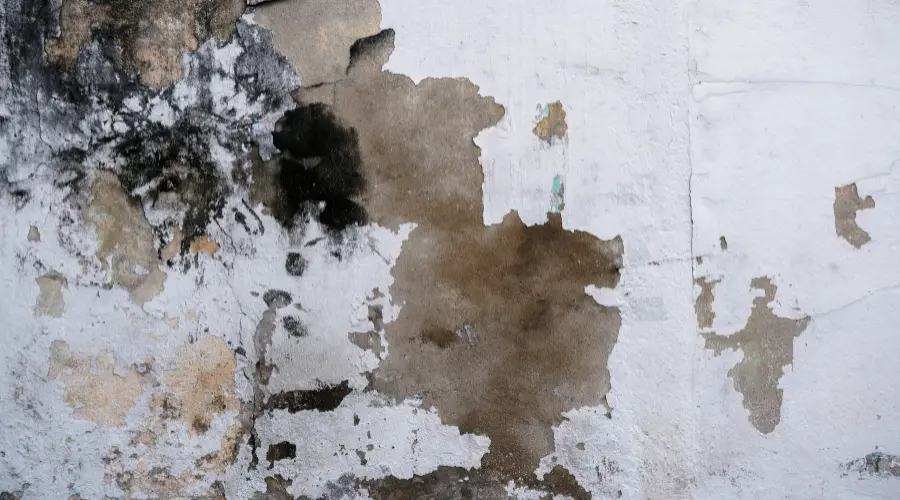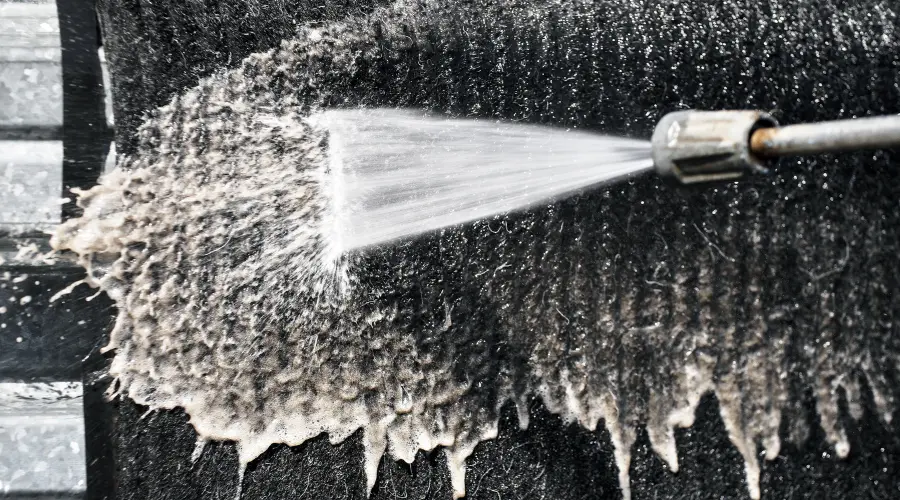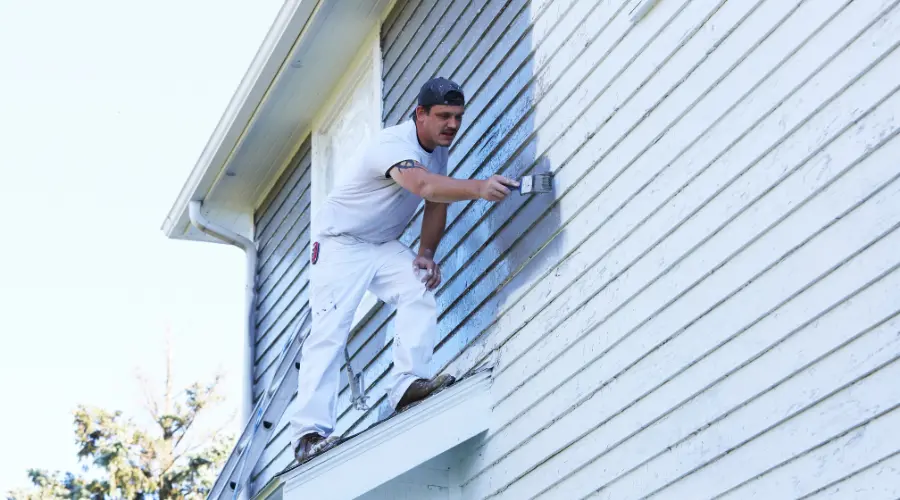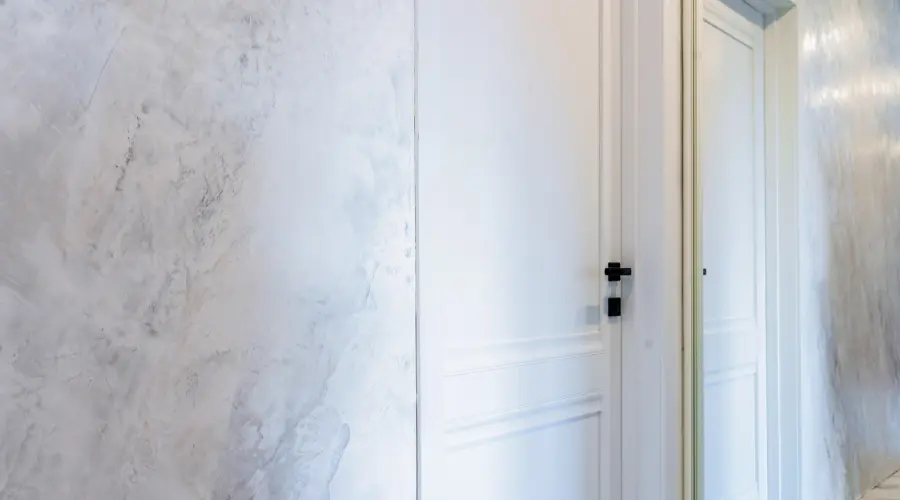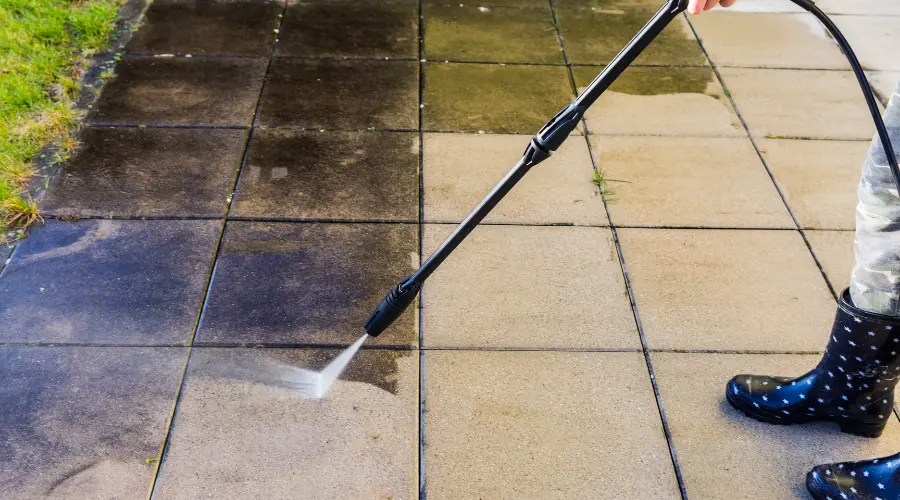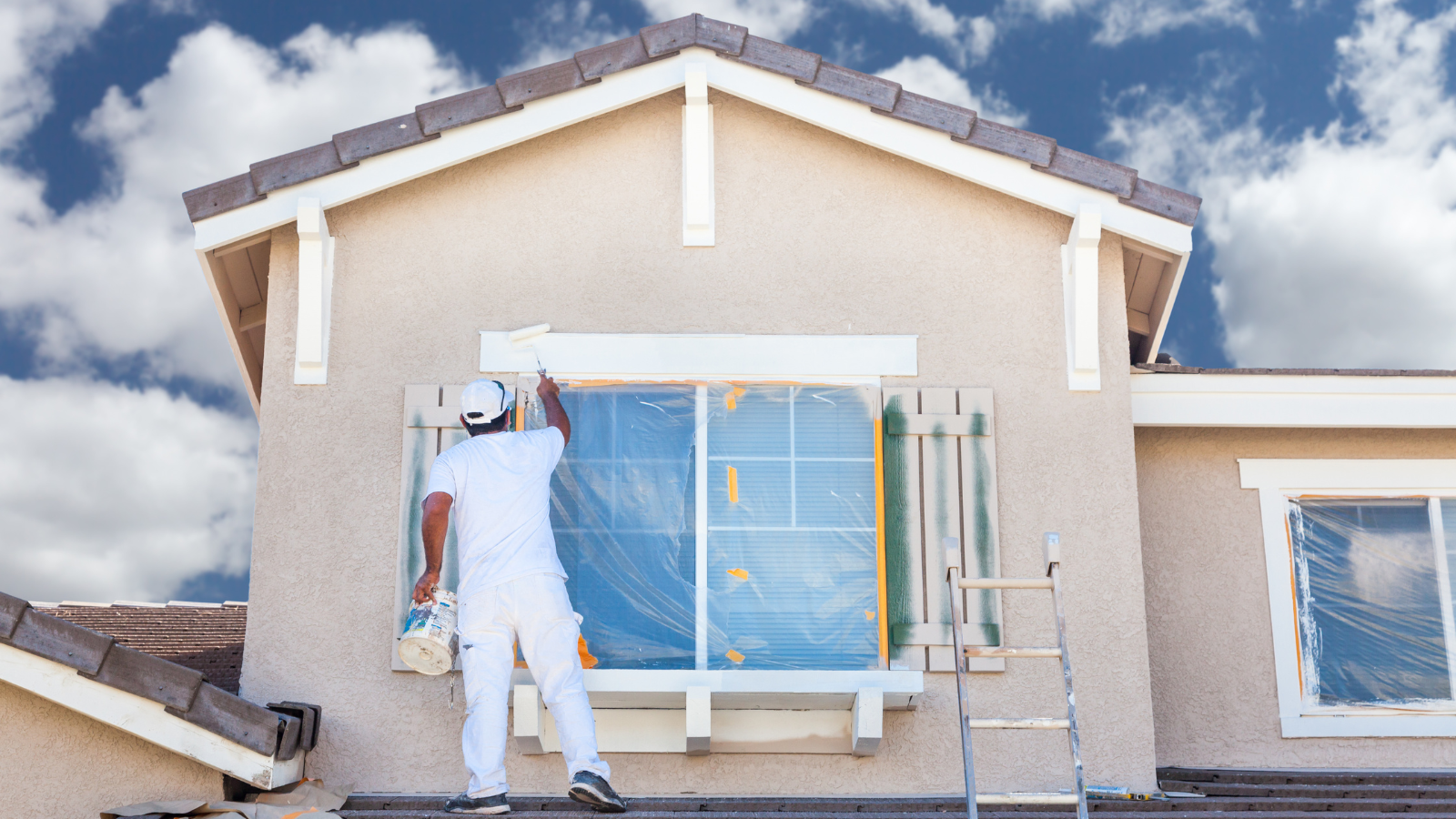A water-stained ceiling can tarnish your home’s appearance, but it’s a fixable issue. With the right approach, you can restore your ceiling’s look and prevent further damage.
Key Takeaways
- Identify and address the root cause of the water stain to prevent recurrence.
- Proper cleaning and preparation are crucial before painting over the stain.
- Use high-quality primers and paints to ensure a flawless finish.
- Professional help is available for more complex issues.
Understanding Ceiling Water Stains
Water stains on ceilings often appear as unsightly brown or yellow patches and can occur in both new and older homes. Beyond their appearance, these stains might signal underlying issues that require immediate attention, such as leaks or structural problems.
Common Causes of Ceiling Water Stains
- Plumbing Leaks
- Water from faulty pipes can seep between floors, leading to stains. Addressing these leaks quickly is essential to prevent further damage.
- Ice Dams
- In colder regions, ice dams can form on rooftops, causing water to seep into the home and create ceiling stains.
- Clogged Gutters
- Poor drainage from clogged gutters can redirect water into areas it shouldn’t be, potentially staining ceilings or causing water damage.
Steps to Remove Ceiling Water Stains
- Identify and Fix the Source
- Before addressing the stain itself, pinpoint and resolve its cause. This step prevents the stain from reappearing after your repair work.
- In cases of severe damage, consulting professionals such as plumbers or roofers is advisable.
- Clean the Stain
- Mix a solution of one part bleach to three parts warm water or use a commercial cleaner. This will eliminate discoloration and inhibit mold growth.
- Gently scrub the stained area with a sponge or cloth. Rinse with clean water and pat dry with a towel. Allow the ceiling to dry thoroughly for a few hours before proceeding.
- Apply a Stain-Blocking Primer
- Choose a high-quality primer designed specifically for water stains. Recommended products include:
- Oil-Based ProBlock Alkyd Primer: Excellent for sealing stubborn stains.
- Quick Dry Stain Blocking Acrylic Primer: A water-based option that dries quickly and provides effective coverage.
- Use a roller or brush to evenly apply the primer. Let it dry completely before painting.
- Choose a high-quality primer designed specifically for water stains. Recommended products include:
- Paint the Ceiling
- For a seamless finish, use a latex paint compatible with your primer.
- Consider repainting the entire ceiling rather than just the stained section to ensure color consistency.
- Apply multiple thin coats as needed, allowing each layer to dry before adding the next.
Preventing Future Water Stains
- Regular Maintenance
- Inspect your home’s plumbing, roofing, and gutters periodically to catch potential issues early.
- Invest in Quality Materials
- Use durable roofing materials and properly insulated pipes to reduce the likelihood of leaks and ice dams.
- Ensure Proper Ventilation
- Adequate ventilation in attics and other areas can help prevent moisture buildup that leads to water damage.
When to Call the Experts Removing ceiling water stains can be a straightforward DIY project, but some situations may require professional assistance. Call in experts if:
- The stain recurs despite your repairs.
- There are significant structural damages or extensive mold growth.
- You prefer a flawless, professional finish without the hassle of doing it yourself.
FAQ:
Q: Can I just paint over a water stain without using a primer?
A: It’s not recommended. Without a stain-blocking primer, the stain might bleed through the new paint, leaving an uneven appearance.
Q: How long does it take for the ceiling to dry after cleaning?
A: Allow the ceiling to dry for at least 24 hours to ensure it’s completely moisture-free before applying primer or paint.
Q: Is mold a concern with water stains?
A: Yes, prolonged exposure to moisture can lead to mold growth. Proper cleaning and drying are essential to prevent this.
Q: How much does it cost to fix a water-stained ceiling?
A: Costs can vary based on the extent of damage and whether professional help is needed. DIY repairs typically cost $50–$100 for supplies, while professional services can range from $200 to $1,000 or more.
Q: Can I use regular household paint for ceiling water stains?
A: While regular paint can be used after priming, using a ceiling-specific paint often provides better results.
Conclusion
Dealing with a water-stained ceiling might seem daunting, but with the right steps, you can restore your home’s beauty. Whether you tackle the project yourself or enlist the help of professionals, addressing the root cause and following a proper repair process will ensure long-lasting results. For expert assistance, contact CCT Apex House Painting at (919) 646-5009 or book an appointment online today!


